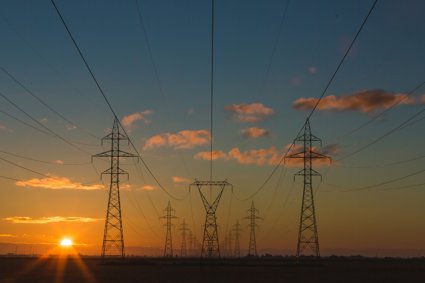
Lesson two: Data analysis
Key question:
How and why does the usage of energy vary?
Aim:
-
To look at who uses the most energy, both within your school and over the whole World
-
To explore what factors can contribute to increased or decreased energy usage
Starter
Who produces the most energy?
Look at the Worldmapper map
Who produces the most energy?
-
How does this relate to some of the other factors?
-
Which countries do not fit the overall pattern?
What are the energy uses in school?
Brainstorm these energy uses into a spider diagram – think about the grounds as well as the physical buildings. Consider the various parts of the school day.
Main Activity
We are going to use some data to explore energy use. The SUSTAIN project has been collecting data from schools on a range of issues. Their website allows visitors to search through the data.
Click on the left hand column: Choose Activity > Check the school’s energy use > Show results
This will take you to a page where you can see the energy data for the schools that are involved in the project, which can be found in a number of locations around the world.
Explore a number of locations and identify some of the ways that schools are changing their energy use.
Which countries seem to have the highest energy use?
Is this linked to the climate of those countries?
What other factors could increase the energy use in a school?
Report back to the rest of the class. Are different countries doing different things?
But how does this link to Ralitsa’s research?
Different countries have to work to provide the energy that their population needs, and have to do this against the backdrop of a global energy market with rising prices and increasing insecurity. Ralitsa is working in Bulgaria, France and the UK and expects different solutions. For example, France has a well developed nuclear programme, whereas most of Bulgaria’s reactors had to shut down in 2005. The energy future for the UK is uncertain, and will depend on decisions made by future consumers i.e. the students in the class.
Energy Ratings are an important EU development which are linked to energy.
Devices have an energy rating for performance. These also apply to houses and other equipment that you might own. Does your house have an energy rating ?
If you were going to assess the energy performance of a country and give it a rating what factors could you use ?
The UK’s Department for Energy and Climate Change (note the important connection that has been made there) has a range of resources for exploring energy use.
Carry out the tasks on the 2050 Instruction sheet
But how does this link to Ralitsa’s research?
Bulgarian energy was traditionally from sources that were from within the country. There was use of biofuels and plentiful (though polluting) brown coal. The balance of energy in a country is important as it impacts in a range of areas. You can use the SEE acronym to help you here…
Can you SEE the impacts: Social, Economic and Environmental.
Plenary
In small groups, produce a piece of drama where you act out the formation of electricity.
You will need to play the part of the different stages involved in energy production, or equipment that is involved. Each of you is important in the process and needs to be involved.
One student could be the consumer at the end of the energy chain. What would happen if any of them stopped doing what they were doing? Another student could perhaps video the action, and produce a voiceover with explanation if that was appropriate, and available.
